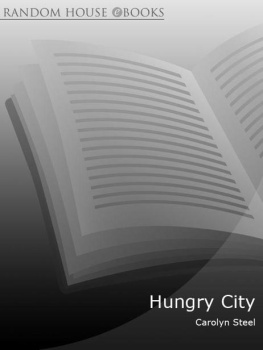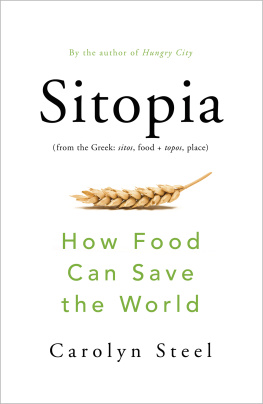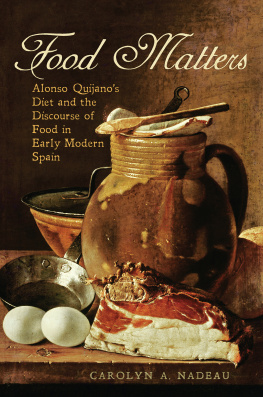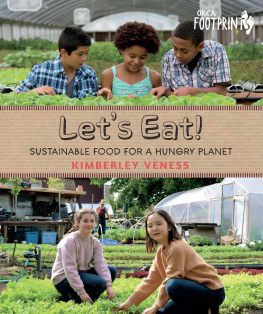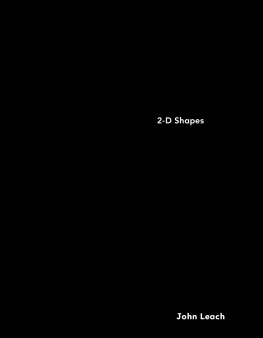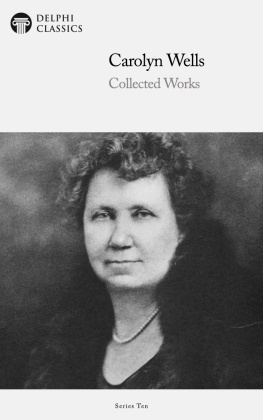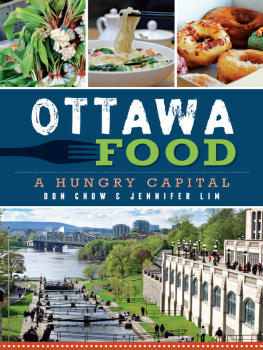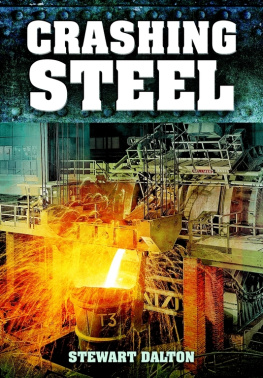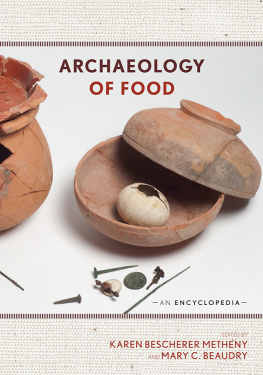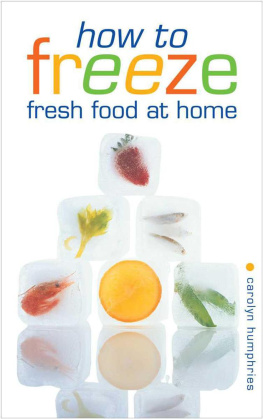Carolyn Steel - Hungry City - How Food Shapes Our Lives
Here you can read online Carolyn Steel - Hungry City - How Food Shapes Our Lives full text of the book (entire story) in english for free. Download pdf and epub, get meaning, cover and reviews about this ebook. year: 2013, publisher: Random House, genre: History. Description of the work, (preface) as well as reviews are available. Best literature library LitArk.com created for fans of good reading and offers a wide selection of genres:
Romance novel
Science fiction
Adventure
Detective
Science
History
Home and family
Prose
Art
Politics
Computer
Non-fiction
Religion
Business
Children
Humor
Choose a favorite category and find really read worthwhile books. Enjoy immersion in the world of imagination, feel the emotions of the characters or learn something new for yourself, make an fascinating discovery.
- Book:Hungry City - How Food Shapes Our Lives
- Author:
- Publisher:Random House
- Genre:
- Year:2013
- Rating:5 / 5
- Favourites:Add to favourites
- Your mark:
- 100
- 1
- 2
- 3
- 4
- 5
Hungry City - How Food Shapes Our Lives: summary, description and annotation
We offer to read an annotation, description, summary or preface (depends on what the author of the book "Hungry City - How Food Shapes Our Lives" wrote himself). If you haven't found the necessary information about the book — write in the comments, we will try to find it.
Hungry City - How Food Shapes Our Lives — read online for free the complete book (whole text) full work
Below is the text of the book, divided by pages. System saving the place of the last page read, allows you to conveniently read the book "Hungry City - How Food Shapes Our Lives" online for free, without having to search again every time where you left off. Put a bookmark, and you can go to the page where you finished reading at any time.
Font size:
Interval:
Bookmark:
Carolyn Steel is an architect, lecturer and writer. Since graduating from Cambridge University, she has combined architectural practice with teaching and research into the everyday lives of cities, running design studios at the LSE, London Metropolitan University and at Cambridge, where her lecture course Food and the City is an established part of the degree programme. A director of Cullum and Nightingale Architects, she was a Rome scholar, has written for the architectural press, and presented on the BBCs One Foot in the Past.
Hungry City won the RSL Jerwood Award for Non-fiction (for a work in progress) in 2006.
. Ambrogio Lorenzetti, The Effects of Good Government on City and Country (1338). Detail from The Allegory of Good Government, Palazzo Pubblico, Siena. (The Bridgeman Art Library)
. Map of the Fertile Crescent. (Drawn by the author, with thanks to Matt Seaber)
. George Robertson, A North View of the Cities of London and Westminster with part of Highgate (1780). (The Bridgeman Art Library)
. Hoisting hogs on a Hurford revolving wheel (c.1906), Chicago. (Courtesy of Hagley Museum and Library)
. Albert Bierstadt, Yosemite Valley (1868). (The Bridgeman Art Library)
. Christmas fatstock show at Shipston-on-Stour, Warwickshire. Photo, early 20th century. From The Land, by John Higgs, Readers Union, 1965.
. Map of the food supply to ancient Rome. (Drawn by the author)
. Ramesseum (the mortuary temple of Rameses II). Plan after U. Hlscher. (With the kind permission of Barry Kemp)
. The Grve, or Port aux Bls, in Paris, looking toward the Pont Marie. 17th century engraving. (Courtesy of Getty Images/Roger Viollet)
. The Great Western Railway at Kelston Bridge Near Bath. Lithograph from Illustrations of the Great Western and Bristol and Exeter Railways, L. Hague, 1840.
. Palazzo della Ragione and Piazza delle Frutta, Padua. 20th century photograph. (The Civic Museum, Padua)
. John Ogilby, A Large and Accurate Map of the City of London (1676). Detail from facsimile published by the London and Middlesex Archaeological Society (1894). (Annotated by the author)
. Pieter Bruegel, detail from The Fight Between Carnival and Lent (1559). (Courtesy of the Kunsthistorisches Museum, Wien)
. Smithfield Market (c.1830). Aquatint by R.G. Reeve after James Pollard. (The Bridgeman Art Library)
. Southdale Shopping Centre, Minnesota. Photograph of the interior, 1956. (Courtesy Victor Gruen Papers, American Heritage Center, University of Wyoming)
. Joris Hoefnagel, detail from A Fte at Bermondsey (c.1570). (The Bridgeman Art Library)
. Fetching Home the Christmas Dinner. Engraving from the Illustrated London News, 1848. (Courtesy of ILN/Mary Evans Picture Library)
. Cooking in a small country kitchen. Photograph from Christine Frederick, Household Engineering, 1915.
. Le Corbusier, Villa Stein-de Monzie, Garches. Photograph of the kitchen. ( FLC/ADAGP, Paris and DACS, London 2008)
. A View of the Inside of Guildhall as it appeared on Lord Mayors day, 1761. Detail of engraving from The Gentlemans Magazine, December 1761. (The Bridgeman Art Library)
. Detail of a place set at a formal dinner table of a great house. Photograph from Emily Post, Etiquette in Society, in Business, in Politics and at Home, 1922.
. Interior of a London coffee house. Aquatint signed and dated A.S.1668. (The Bridgeman Art Library)
. Photo of first Cincinnati, Ohio White Castle, 1927. (The White Castle images and materials and the WHITE CASTLE mark are the exclusive property of White Castle Management Co. and are used under license. No use, reproduction or distribution is allowed)
. The Thames Embankment under construction. Detail of engraving from the Illustrated London News, 1867. (Courtesy of ILN/Mary Evans Picture Library)
. Sewage farming at Gennevilliers in the 1870s. Engraving from LIllustration, 1877. (Courtesy of the Mary Evans Picture Library)
. Allotments by the Albert Memorial, 1942. (Courtesy of Getty Images/Fox Photos)
. Arup, Dongtan Eco-City, aerial view of South Village (2007). (Courtesy of Arup)
. Le Corbusier, Ville Contemporaine (1922). Perspective rendering with triumphal arch. ( FLC/ADAGP, Paris and DACS, London 2008)
. MVRDV, Pig City (2001). Detail of pig-rearing floor. (Courtesy of MVRDV)
Every effort has been made to trace or contact all copyright holders, and the publishers will be pleased to correct any omissions brought to their notice at the earliest opportunity.
How Food Shapes Our Lives

Close your eyes and think of a city. What do you see? A jumble of rooftops stretching off into the distance? The chaos of Piccadilly Circus? The Manhattan skyline? The street where you live? Whatever it is you imagine, it probably involves buildings. They, after all, are what cities are made of, along with the streets and squares that join them all together. But cities are not just made of bricks and mortar, they are inhabited by flesh-and-blood humans, and so must rely on the natural world to feed them. Cities, like people, are what they eat.
Hungry City is a book about how cities eat. That is the quick definition. A slightly wordier one might be that it is about the underlying paradox of urban civilisation. When you consider that every day for a city the size of London, enough food for thirty million meals must be produced, imported, sold, cooked, eaten and disposed of again, and that something similar must happen every day for every city on earth, it is remarkable that those of us living in them get to eat at all. Feeding cities takes a gargantuan effort; one that arguably has a greater social and physical impact on our lives and planet than anything else we do. Yet few of us in the West are conscious of the process. Food arrives on our plates as if by magic, and we rarely stop to wonder how it got there.
Hungry City deals with two major themes food and cities yet its true focus is on neither. It is on the relationship between the two: something no other book has ever directly addressed. Both food and cities are so fundamental to our everyday lives that they are almost too big to see. Yet if you put them together, a remarkable relationship emerges one so powerful and obvious that it makes you wonder how on earth you could have missed it. Every day we inhabit spaces food has made, unconsciously repeating routine actions as old as cities themselves. We might assume that takeaways are a modern phenomenon, yet five thousand years ago, they lined the streets of Ur and Uruk, two of the oldest cities on earth. Markets and shops, pubs and kitchens, dinners and waste-dumps have always provided the backdrop to urban life. Food shapes cities, and through them, it moulds us along with the countryside that feeds us.
So why write about food and cities, and why now? With cities already gobbling up 75 per cent of the earths resources and the urban population expected to double by 2050, the subject is certainly topical. Yet the real answer is that Hungry City is the result of a lifelong obsession. Seven years in the making, it has taken a lifetime to research, although for most of that time, I had no idea that it or indeed, any book would be the outcome. Hungry City
Font size:
Interval:
Bookmark:
Similar books «Hungry City - How Food Shapes Our Lives»
Look at similar books to Hungry City - How Food Shapes Our Lives. We have selected literature similar in name and meaning in the hope of providing readers with more options to find new, interesting, not yet read works.
Discussion, reviews of the book Hungry City - How Food Shapes Our Lives and just readers' own opinions. Leave your comments, write what you think about the work, its meaning or the main characters. Specify what exactly you liked and what you didn't like, and why you think so.

